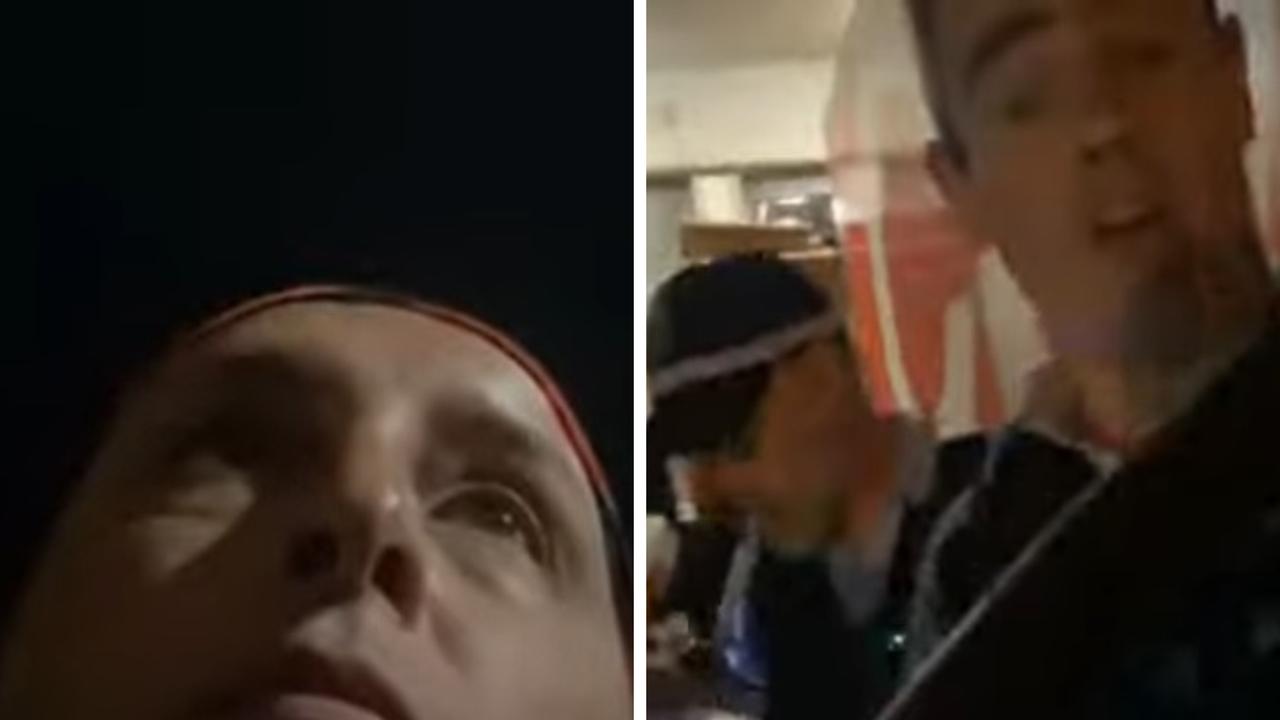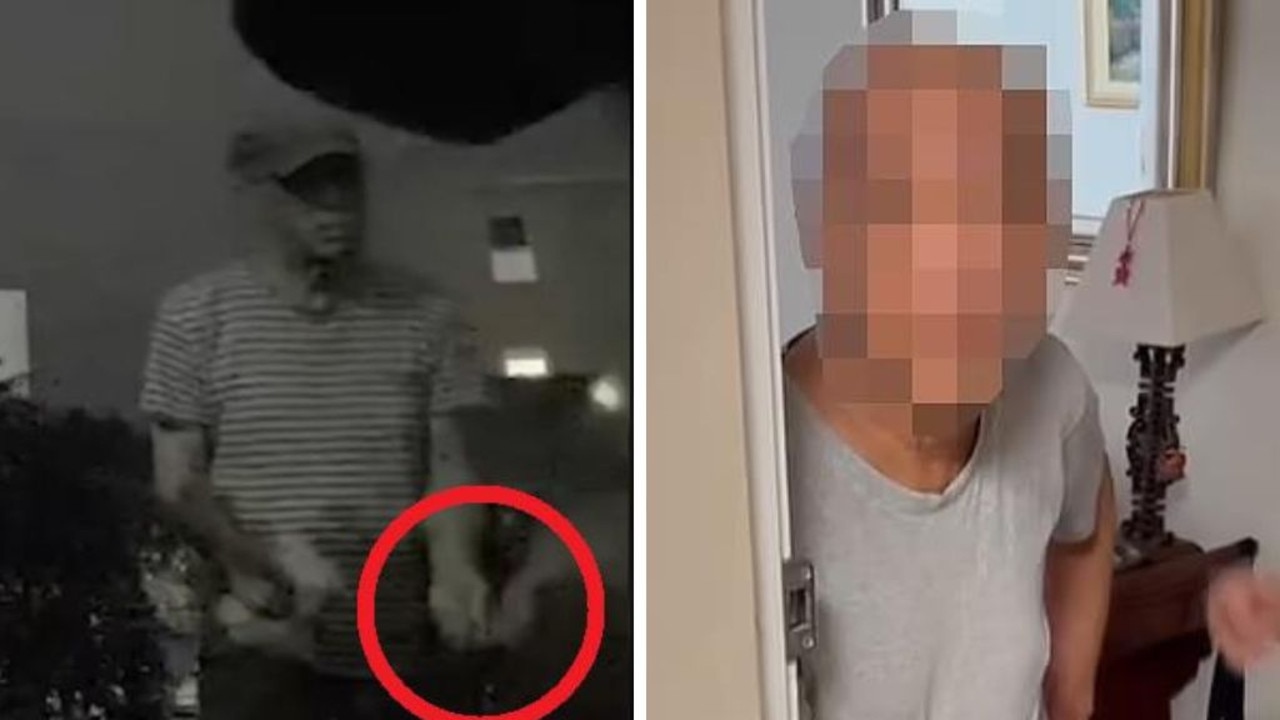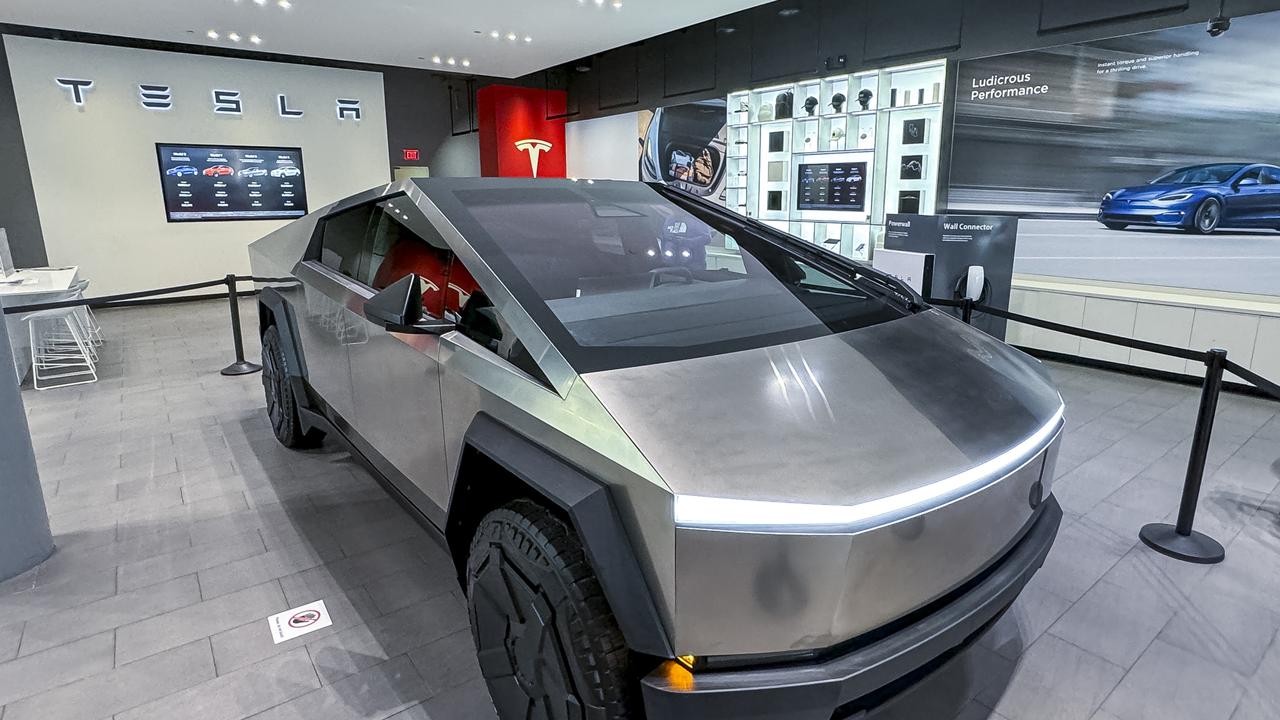Toll roads: How Sydney became most tolled city in the world
Described as one of the most tolled cities in the world, the reason Sydney drivers have to shell out so much comes down to one startling figure.
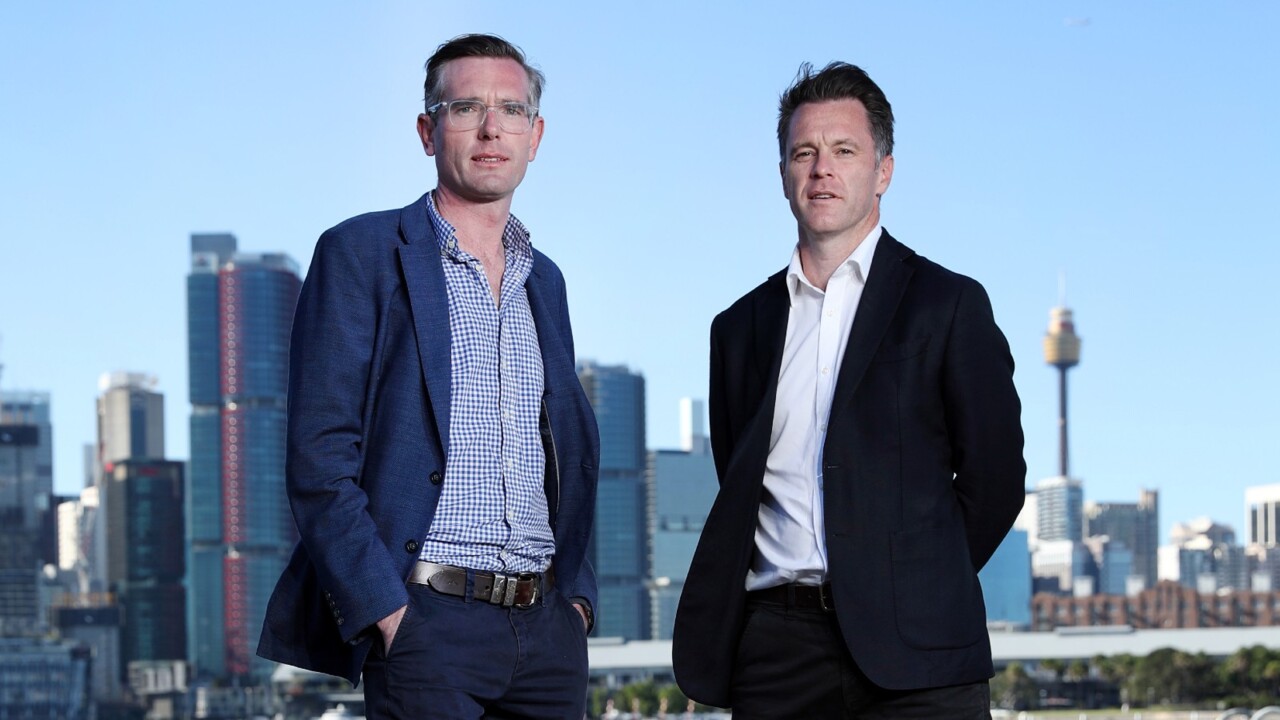
Sydneysiders forked out about $2 billion in tolls last year and the reason for the eye-watering amount is being blamed on the volume of toll roads in the state.
NSW boasts 13 toll roads, much higher than Queensland’s six and Victoria’s three.
And while as a state residents are feeling the pinch more than anywhere else in the country, Transport and Cities Program Director at the Grattan Institute, Marion Terrill says it’s residents in Western Sydney who are being hit hardest.
Marion Terrill, Transport and Cities Program Director at the Grattan Institute, says it’s largely residents in Western Sydney whose revenue is being used to cover the costs for the state’s toll roads.
“One of the real issues in Sydney is that the burden of tolls is not spread out,” Ms Terrill told NCA NewsWire.
“There’s a real equity issue in motorists who are asked to pay for roads and those who are not.”

Greens Upper House member, Abigail Boyd, who chaired the Legislative Council’s Inquiry into tolling regimes in 2022, said the placement of toll roads has created a culture of “exacerbating inequality” for people in outer-city and regional areas.
In 2022, the ABC reported that Sydney drivers forked out about $2 billion a year in tolls.
Based on NSW’s Central Coast, she estimates her and her partner spend about $10,000 on tolls every year. The alternative would be taking a bus and train that would increase their commute by “an extra hour and a half”.
“This is the reality of people who don’t live near the city,” she said.
“Building more toll roads and then charging them, instead of providing the public transport we need, has led to this high cost of living,” she says.
Privatisation also an issue
Ms Boyd believes privatisation of toll roads is a big contributor to the high costs that come with using them.
In NSW, Transurban partly or completely owns and operates nine toll roads across the state, including the M2, M4, Lane Cove Tunnel and West Connex.
“Those contracts we found during the inquiry actually came with a bunch of restrictive covenants around what the government can and can’t do when the contracts are in place.
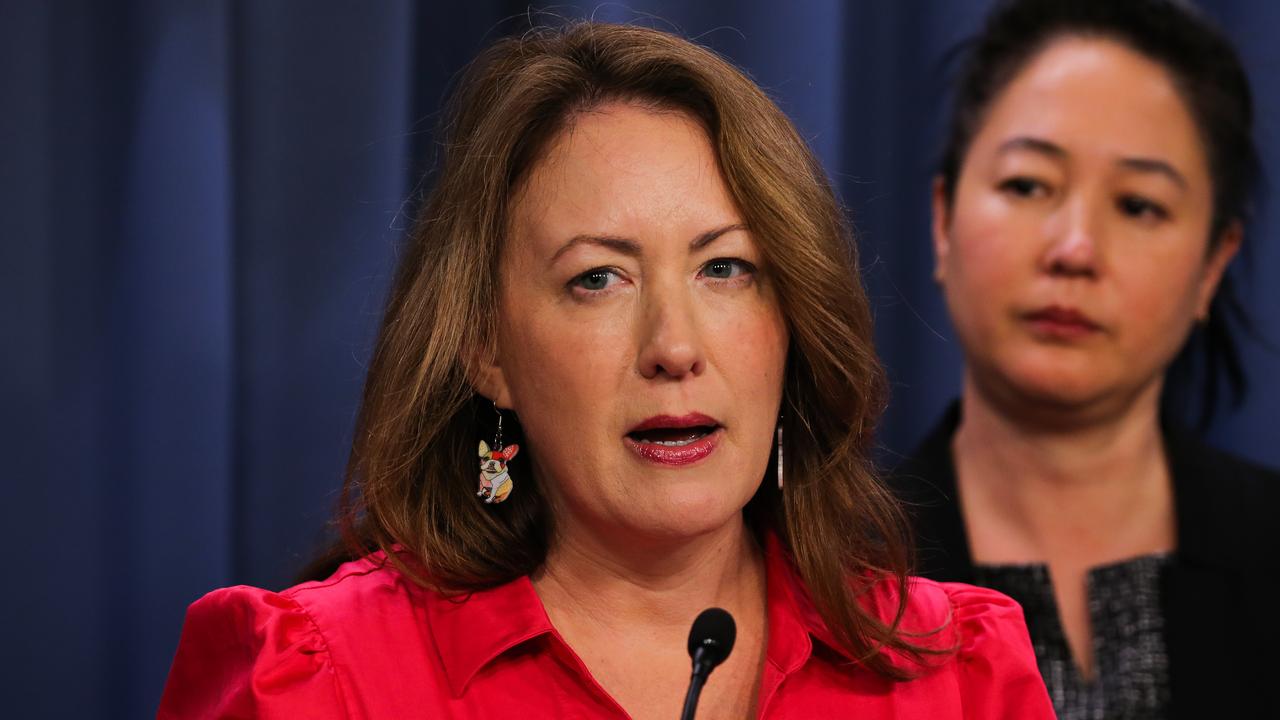
For privately-owned toll roads, the government sets the initial cost of the fee and the annual price increases. Generally this is measured at an annual increase of 4 per cent, or at the rate of CPI, depending on which figure is higher. The costs of tolls also compound.
Ms Terrill says that while the upper limit of how much tolls may increase is regulated, these problems are created at the beginning of the project and difficult to undo.
“To unravel these contracts is enormously difficult and expensive, as the original prices are written into the contract,” she said.
Motorists complain of high tolls, government rebate incoming
In response to cost-of-living concerns, the state government has created the Toll Relief Rebate Scheme, to alleviate financial pressures.
As of Tuesday, motorists who spend more than $375 a financial year on tolls can claim back 40 per cent of costs. A maximum annual figure of $750 can be claimed back for toll spends of $1975 or more. Rebates can be applied for every quarter, and are backdated to July 1 of last year.
According to data from Transuban-owned e-tag brand Linkt, the average toll user will qualify for some sort of rebate, with the average weekly spend measured at $9.52, or a yearly spend of $495.
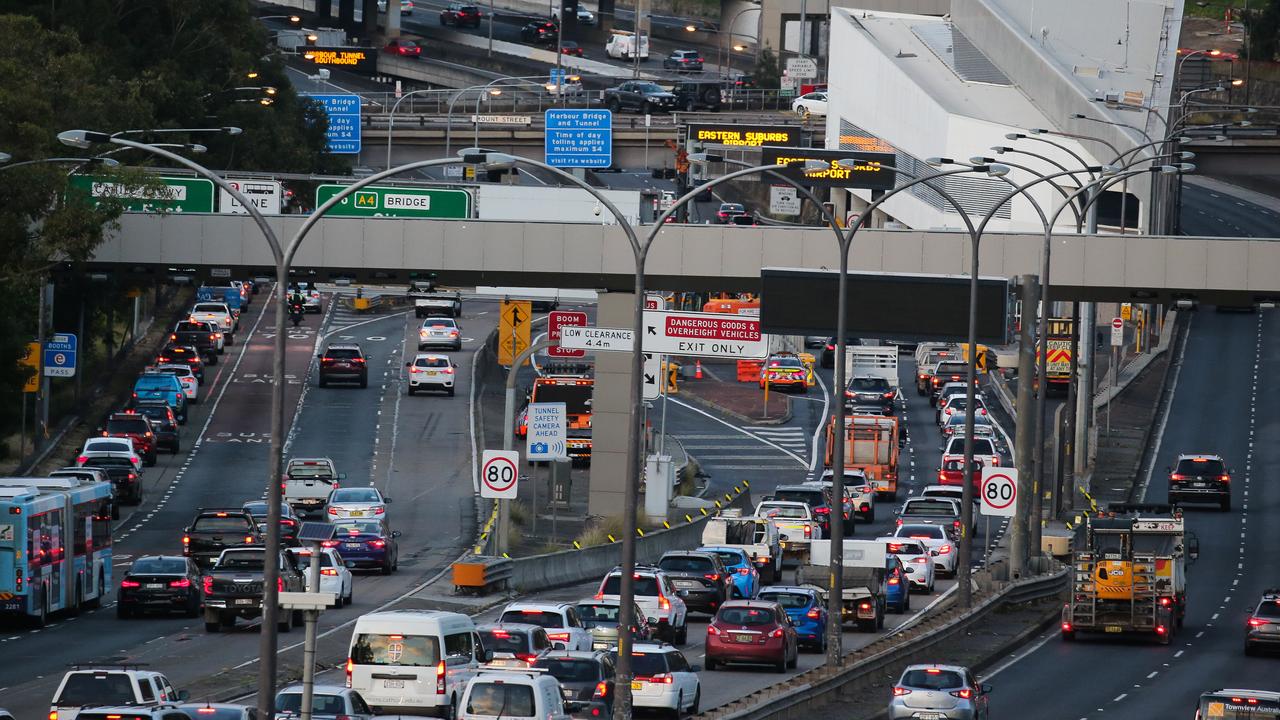
However, motorists who travel to or from Western Sydney, say the toll reliefs aren’t enough.
One motorist told NCA NewsWire his work commute from Camperdown in Sydney’s Inner West to Erskine Park in Western Sydney easily hits $4500 a year.
Driving via the M4, his return trip costs $18.82 a day and quickly totals $94 a week. Including the occasional weekend shift and other miscellaneous travel, the 30-year-old says all up he pays $5000 in tolls.
“Toll ways in Brisbane and Melbourne are nowhere near the same cost,” he said.
“Sure makes me think about moving to Brisbane.”
Reform delayed till after the election
However, a major change into how Sydney’s toll roads are charged could be coming, just not until after the state election on March 25.
The delay has been criticised by the Opposition, with Labor leader Chris Minns comitting to releasing Labor’s toll policy before the election. Mr Minns has dubbed Sydney’s toll network as a “secret tax on the families of Western Sydney,” which he says is home to 17 out of the 20 most tolled communities in the state.
“The Government promised a review – the fact this review is being hidden is an admission that tolls are out of control in Sydney.”
On Tuesday, Mr Perrottet said potential toll reform could look like creating “a network price” which would link “all the systems together” and place “downward pressure on prices”.
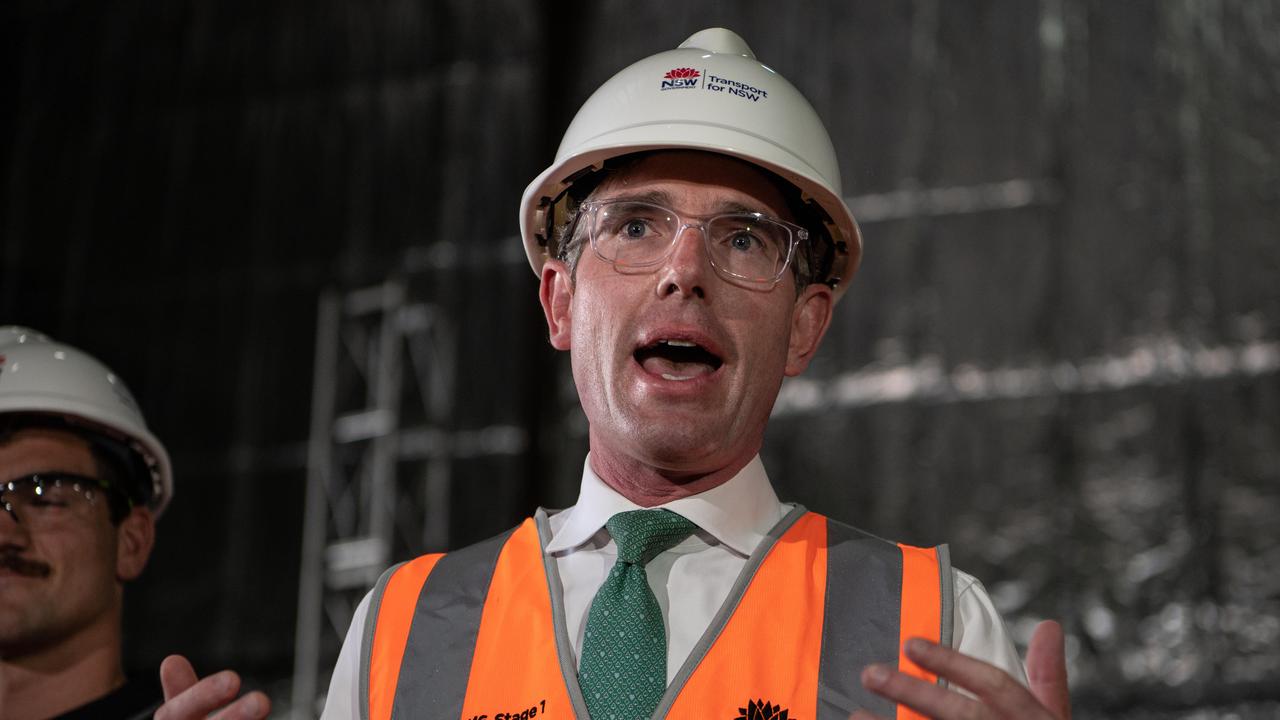
Ms Boyd believes this would look like reforming prices using distance-based charging, however she says this will “exacerbate inequality” for people in outer-city areas.
“You live further away and you have to travel further work, then suddenly, you have to pay this great pleasure to drive the roads, when you’ve got no public transport option.”
Ms Terrill says things like cost variation depending on the time of day should also be considered.
“It makes no sense to charge the same price for someone to drive on the road at midnight, compared to peak hour,” she said.
“Time of day variations is key to managing a vibrant city like Sydney.”

